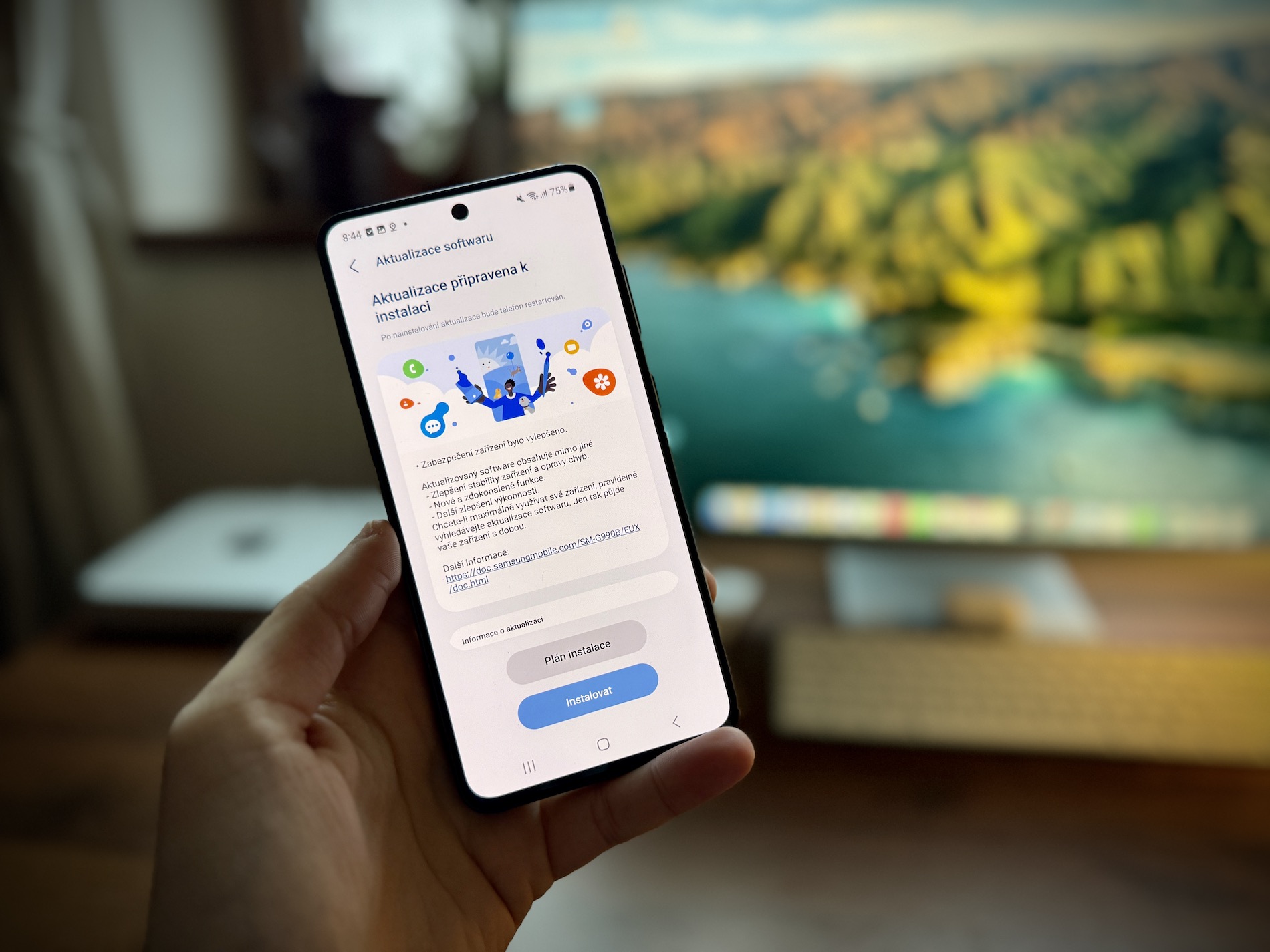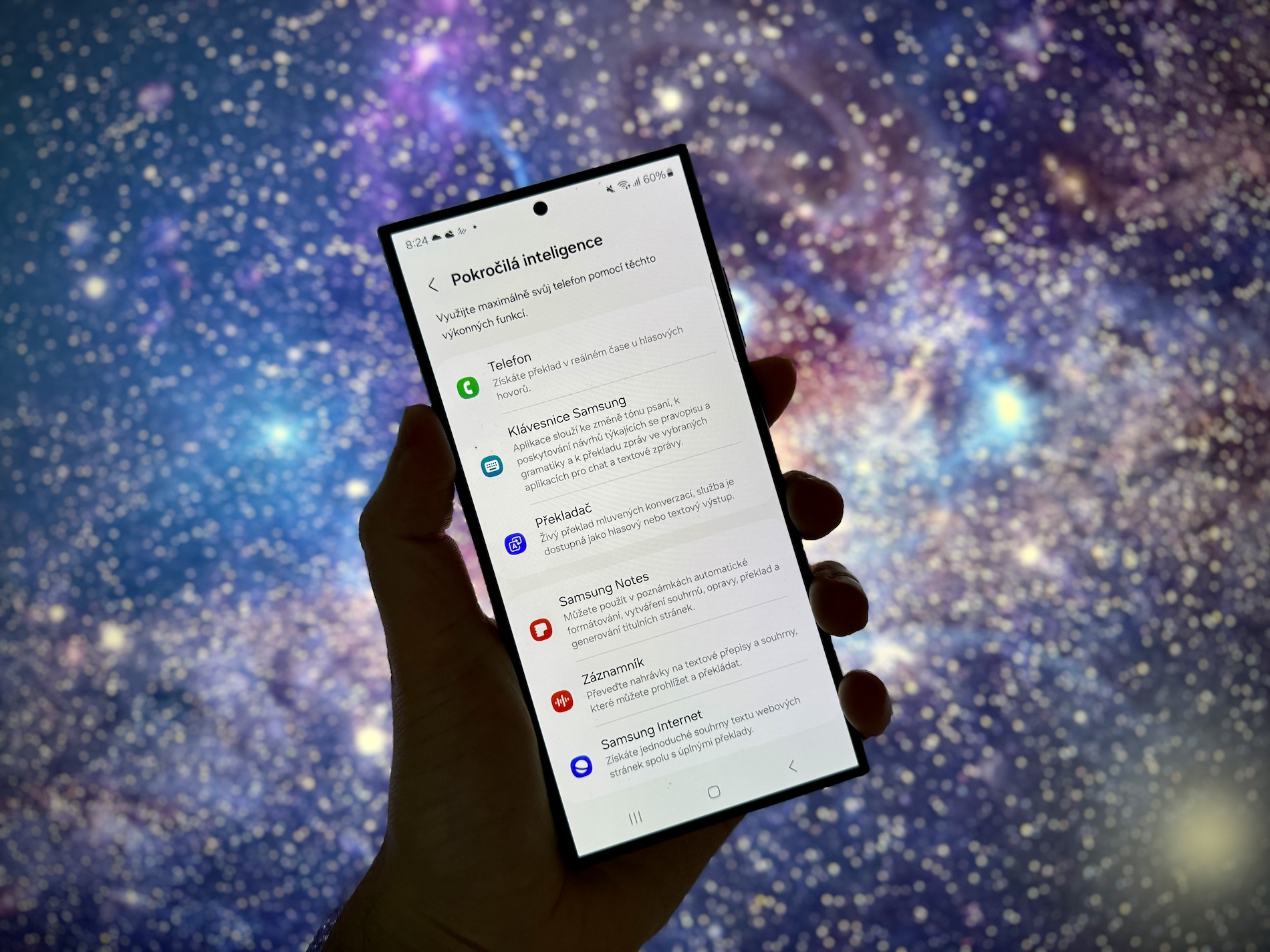Are you sure that your valuable data is protected from unexpected disasters or cyber threats? Think: One in ten computers fall victim to a virus and an incredible 113 phones are stolen every minute of every day1. Since data loss is a sudden and potentially irreversible nightmare, having reliable backups is absolutely necessary. March 31, celebrated as World Backup Day, is a strong reminder of this vital task. Let's take a look at the most common backup mistakes people make and how to avoid them.
- You can find products suitable for backup, for example <a href="https://cdn.shopify.com/s/files/1/1932/8043/files/200721_ODSTOUPENI_BEZ_UDANI_DUVODU__EN.pdf?v=1595428404" data-gt-href-en="https://en.notsofunnyany.com/">here</a> whether <a href="https://cdn.shopify.com/s/files/1/1932/8043/files/200721_ODSTOUPENI_BEZ_UDANI_DUVODU__EN.pdf?v=1595428404" data-gt-href-en="https://en.notsofunnyany.com/">here</a>
1. Backup irregularity
The most common mistake is that we forget to back up data regularly. Whether it's personal files or important business documents, not having a consistent backup routine puts you at risk of data loss. At any time, an unexpected system failure or malware attack can occur, rendering your valuable data inaccessible or permanently lost. However, you can prevent such a situation by setting up automatic backups.
2. Single backup device
Relying exclusively on one storage medium is a dangerous game with the security of your data. Instead, diversify your backup storage solution with a combination of external hard drives, NAS devices, and cloud storage. Portable hard drives such as Western Digital's WD-branded My Passport offer up to 5TB* for easy, cost-effective backup. For smartphones, 2-in-1 flash drives such as SanDisk Ultra Dual Drive Go USB Type-C and SanDisk iXpand Flash Drive Luxe are good choices. Compatible with USB Type-C devices, these drives automatically back up photos, videos and other content. Just plug and play for seamless data transfer between devices. If you need a device to store a huge amount of data, then the WD My Book desktop drive with a capacity of up to 22 TB* is for you.
3. Ignoring versions
Another mistake is neglecting versions when backing up. Not keeping multiple versions of files increases the chance of storing corrupted or incorrect data from previous versions. Without a proper version control system, fixing bugs or restoring older versions can become a problem. Create a system that tracks file changes over time. This ensures that you can always roll back to earlier versions if necessary, helping to protect against accidental data loss or corruption. Regular maintenance of this system will help you stay organized and be prepared for any unforeseen problems. Additionally, it's very important to verify the version you're backing up to make sure it's correct. This simple step can help prevent important data from being accidentally overwritten by a potentially corrupted or incorrect version.
4. Backup in one physical location
Many people don't back up offsite and assume that local backups are reliable. However, relying only on local backup leaves you vulnerable to site-specific disasters such as fire or theft. Off-site backup means keeping copies of your data in different locations, so if something bad happens in one location, your data remains safe. As an alternative, you can use cloud storage. Cloud backup devices are popular for remote data storage accessible over the Internet. Various online cloud services offer features such as file synchronization, sharing, and encryption for safe data storage.
5. Underestimating encryption
Not encrypting when backing up can be a costly mistake. Storing unencrypted backups makes sensitive data vulnerable to unauthorized access. Implementing strong encryption ensures that even if backups fall into the wrong hands, data remains protected. However, it is equally important to remember not to opt for off-the-shelf encryption solutions, as this could make it difficult for you to restore your backed-up information later. WD-branded My Passport and My Book hard drives feature built-in 256-bit AES hardware encryption with password protection to help keep your content safe.
On World Backup Day, Western Digital encourages you to safely back up your data while preparing for the unexpected by having a contingency plan in place in case your device mishaps, such as a crash, theft or damage. Fear of data loss doesn't have to be a nightmare if you have an active data backup strategy. A common rule of thumb to prevent important data from disappearing forever is the 3-2-1 rule. According to him, you should:
3) Have THREE copies of the data. One is the primary backup and two are copies.
2) Store copies of backups on TWO different types of media or devices.
1) ONE backup copy should be kept off-site in case of a crash.




